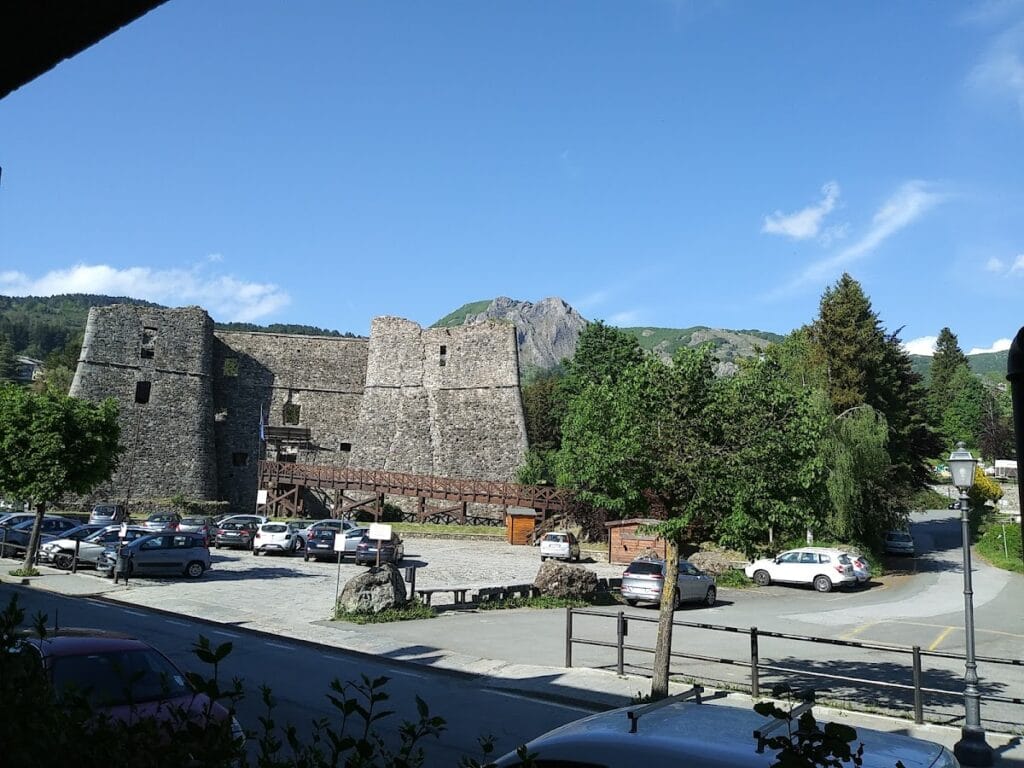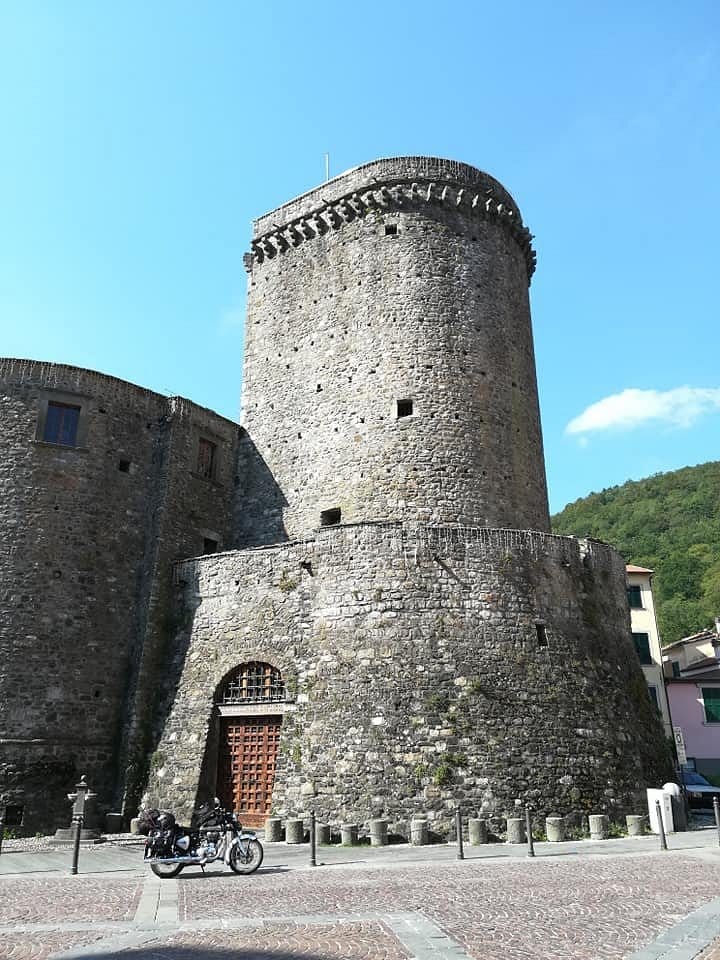Castle of Santo Stefano d’Aveto: A Historic Fortress in Italy
Visitor Information
Google Rating: 4.3
Popularity: Low
Google Maps: View on Google Maps
Country: Italy
Civilization: Unclassified
Remains: Military
History
The Castle of Santo Stefano d’Aveto is situated in the town of Santo Stefano d’Aveto in modern Italy. It was originally constructed by medieval builders who recognized the strategic importance of this location, controlling key routes rising from the Apennine mountain passes toward the Emilia region.
The earliest known reference to the castle appears in 1164 when Emperor Frederick Barbarossa granted the fiefdom of Santo Stefano, including the castle, to the Malaspina family. This noble lineage was influential across Lunigiana and other territories in Liguria, establishing the castle as an important seat within their domain. During this period, the structure would have functioned primarily as a fortified residence maintaining oversight of the surrounding land and travel paths.
In 1495, the castle changed hands when Francesco Malaspina sold it to Giannetto Fieschi, Count of Lavagna. Although Fieschi’s heirs initially contested the transaction, Emperor Maximilian I endorsed the sale within the same year, solidifying the castle’s new ownership. By the early 1500s, Giovanni Filippo Platoni held the position of castellan, managing the fortress and fostering commercial connections with Giovanni Luigi Fieschi, indicating the castle’s continued regional importance both militarily and economically.
Later, in 1547, Emperor Charles V granted the castle to Admiral Andrea Doria of Oneglia. This transfer initiated an extended period of possession by the Doria family, who later took on the compound surnames Fieschi Doria and then Doria Pamphili. The castle remained under their control until the imperial fief system was dismantled in 1797 during the Napoleonic reorganization.
Throughout the 16th century, the castle underwent significant structural enhancements in response to evolving military needs, especially as control over routes linked to the Po Valley became critical. These reconstructions transformed the site from a fortified residence to a formidable defensive fortress, capable of withstanding emerging artillery technology.
Remains
The Castle of Santo Stefano d’Aveto is arranged around an irregular pentagonal shape, its five corners forming the basis of its defensive layout. Four of these angles feature narrow bastions shaped like wedges. These bastions have inward-facing sides designed to strengthen the castle’s defense by allowing defenders to protect the walls from multiple directions. This architectural choice reflects 16th-century military innovations focusing on artillery defense.
Entry to the castle was originally secured by movable bridges, a common medieval defensive feature allowing controlled access and protection against attackers. Today, visitors enter via a wooden ramp leading to the main gate, replacing the original bridges while maintaining a similar function.
At the heart of the castle lies a compact parade ground, known historically as the piazza d’armi. Around this central courtyard, various rooms were arranged in a connected sequence, linked by galleries supported by columns. This configuration suggests a well-organized interior space capable of both defense and administrative activity.
Archaeological excavations conducted during debris removal uncovered remnants of the castle’s original medieval fabric beneath the more recent 16th-century renovations. These findings allowed scholars to trace the transformation from a simple noble residence into a complex fortress designed for artillery resistance. The centuries of rebuilding are physically evident, showcasing layers of construction that have preserved the castle’s historical development.
Surrounded primarily by open meadowland, the castle stands within the inhabited center of Santo Stefano d’Aveto, with Monte Maggiorasca rising behind it, framing its commanding position in the landscape.










